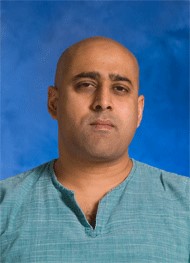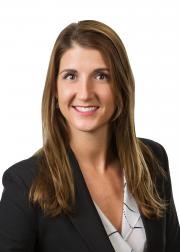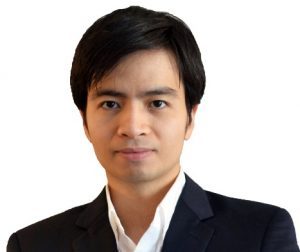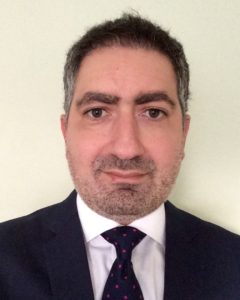Ab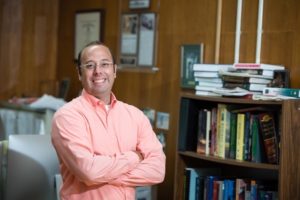 stract: The emergent properties arising from the interactions of phases including interfacial contributions (surfaces) and phase evolution at the mesoscale present new opportunities, as well as challenges, for materials performance and functionality. This presentation will highlight interfacial contributions to system level performance in diverse fields: i) mixed ionic and electronic conducting (MIEC) materials in membranes and solid oxide fuel cells, membranes and solid state Li-ion batteries and ii) ceramic waste forms for nuclear waste immobilization. Mixed ionic-electronic conductors are widely used in devices for energy conversion and storage. Grain boundaries and surfaces in these materials have nanoscale spatial dimensions, which can generate substantial resistance to ionic transport. Composite systems that preferentially form “emergent” phases may be used to enhance the grain boundary ionic conductivity, while surface coatings may be used to target enhanced kinetics. Durable ceramic waste forms that incorporate a wide range of radionuclides have the potential to broaden the available disposal options and to lower the storage and disposal costs associated with advanced nuclear fuel cycles. Studies at the interface between disciplines provide unique case studies for understanding materials behavior; for example, knowledge in one application area on how to constrict tunnels to trap mobile Cesium in nuclear waste can be used to develop strategies to enhance tunnel mobility for Li, Na and K in battery applications.
stract: The emergent properties arising from the interactions of phases including interfacial contributions (surfaces) and phase evolution at the mesoscale present new opportunities, as well as challenges, for materials performance and functionality. This presentation will highlight interfacial contributions to system level performance in diverse fields: i) mixed ionic and electronic conducting (MIEC) materials in membranes and solid oxide fuel cells, membranes and solid state Li-ion batteries and ii) ceramic waste forms for nuclear waste immobilization. Mixed ionic-electronic conductors are widely used in devices for energy conversion and storage. Grain boundaries and surfaces in these materials have nanoscale spatial dimensions, which can generate substantial resistance to ionic transport. Composite systems that preferentially form “emergent” phases may be used to enhance the grain boundary ionic conductivity, while surface coatings may be used to target enhanced kinetics. Durable ceramic waste forms that incorporate a wide range of radionuclides have the potential to broaden the available disposal options and to lower the storage and disposal costs associated with advanced nuclear fuel cycles. Studies at the interface between disciplines provide unique case studies for understanding materials behavior; for example, knowledge in one application area on how to constrict tunnels to trap mobile Cesium in nuclear waste can be used to develop strategies to enhance tunnel mobility for Li, Na and K in battery applications.
Biographical Sketch: Kyle Brinkman is the Dean’s Associate Professor in the Department of Materials Science and Engineering at Clemson University in Clemson, South Carolina. He received his Ph.D. in Materials Science and Engineering from the Swiss Federal Institute of Lausanne in Switzerland (EPFL), obtained an M.S. in Materials Science and Engineering and a B.S. degree in Chemical Engineering from Clemson University. He joined Clemson in 2014 from the DOE’s Savannah River National Laboratory (SRNL) where he was a Principal Engineer in the Science and Technology. Prior to working at SRNL, Kyle was a fellow of the Japanese Society for the Promotion of Science working at the National Advanced Institute of Science and Technology (AIST) in Tsukuba, Japan from 2005-2007. Kyle has authored or co-authored over 80 peer-reviewed technical publications and government reports. He was the recipient of the Karl Schwartzwalder Professional Achievement in Ceramic Engineering (PACE) from the American Ceramic Society in 2015, the TMS Young Leaders International Scholar Award in 2015, the US Department of Energy, Fuel Cycle Research and Development Early Career Researcher Award in 2013, and the SRNL Laboratory Director’s Early Career Exceptional Achievement Award in 2011. Kyle serves as the Materials Advantage (MA) and Keramos faculty advisor for Clemson’s undergraduate students in Materials Science and Engineering.

